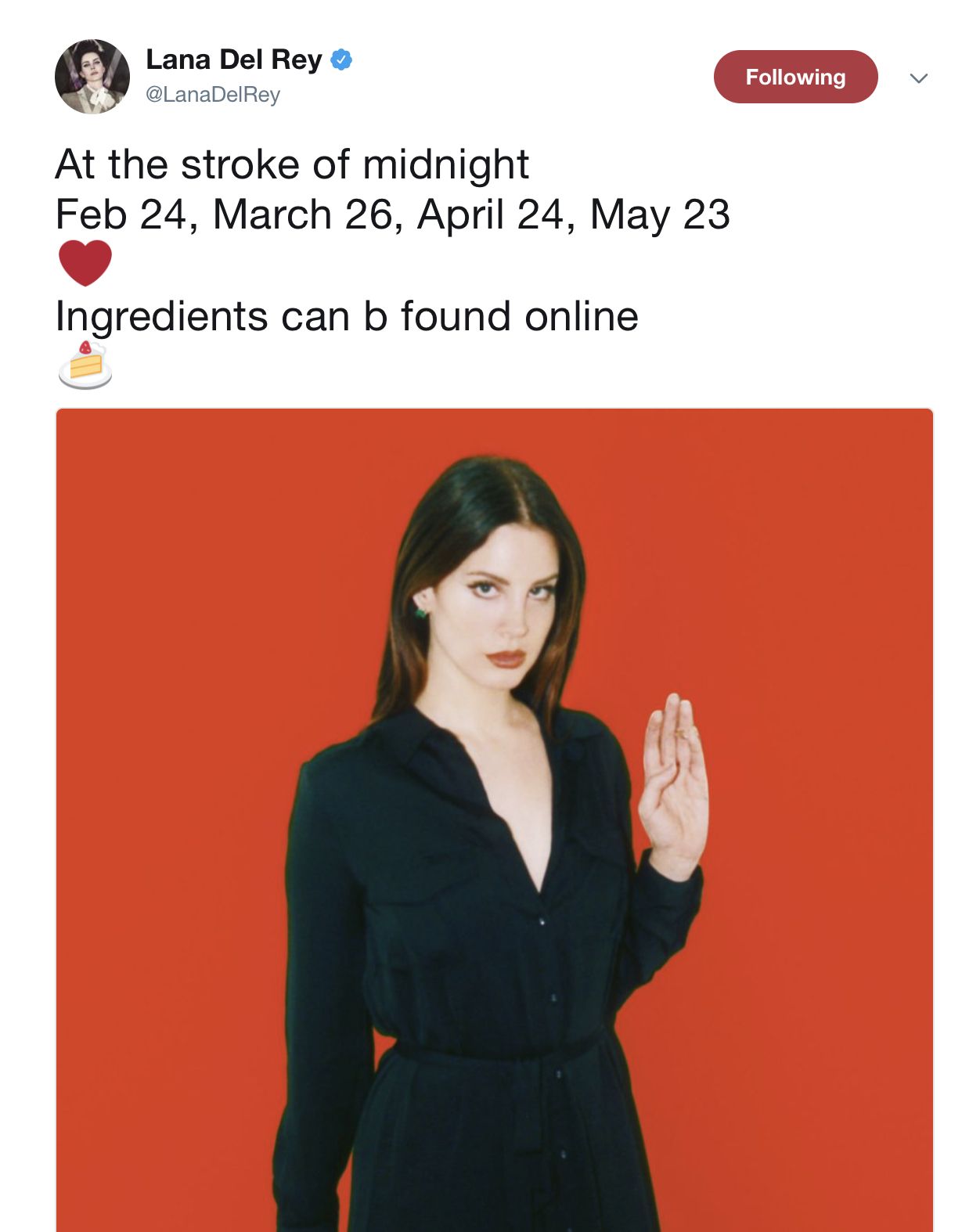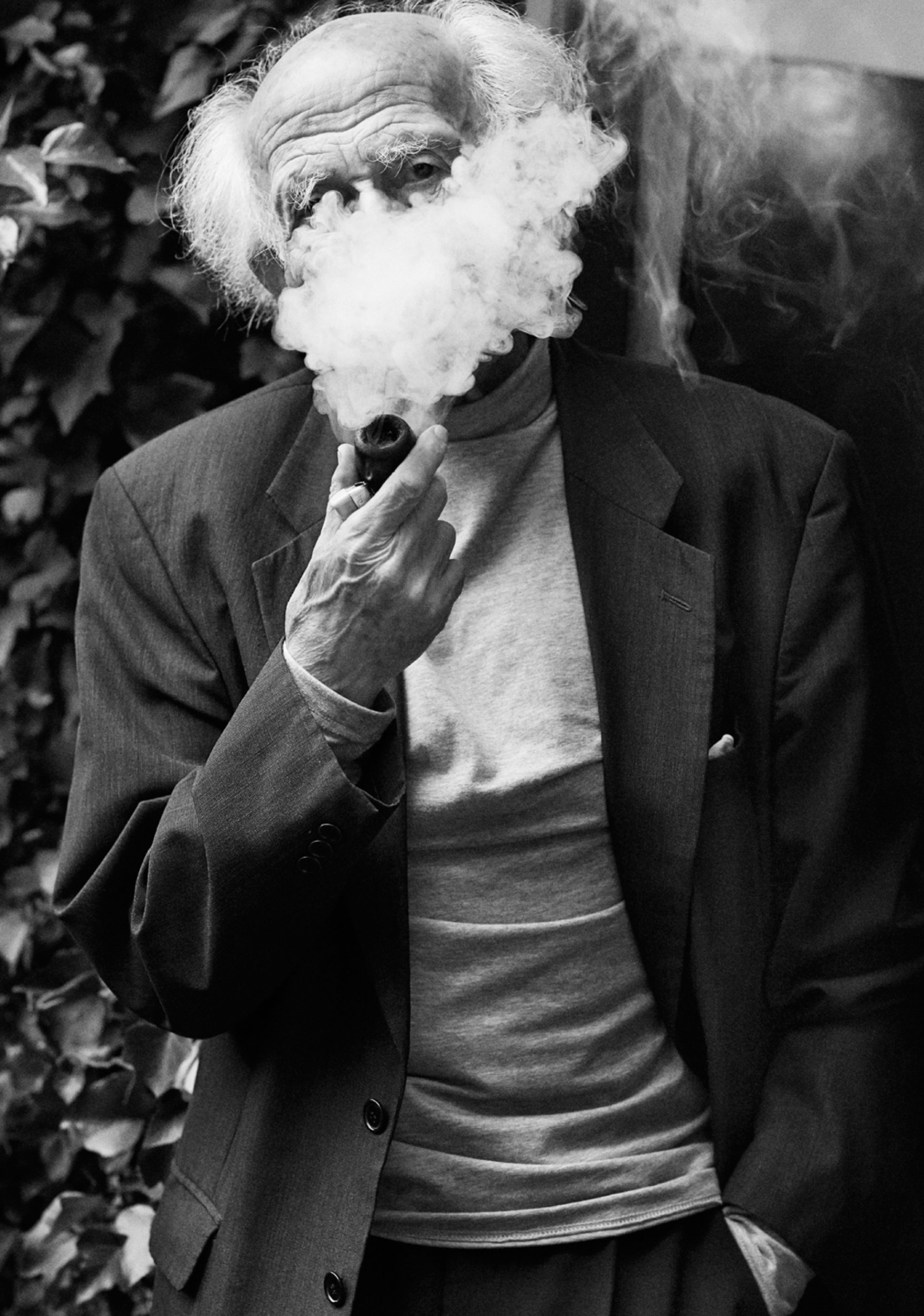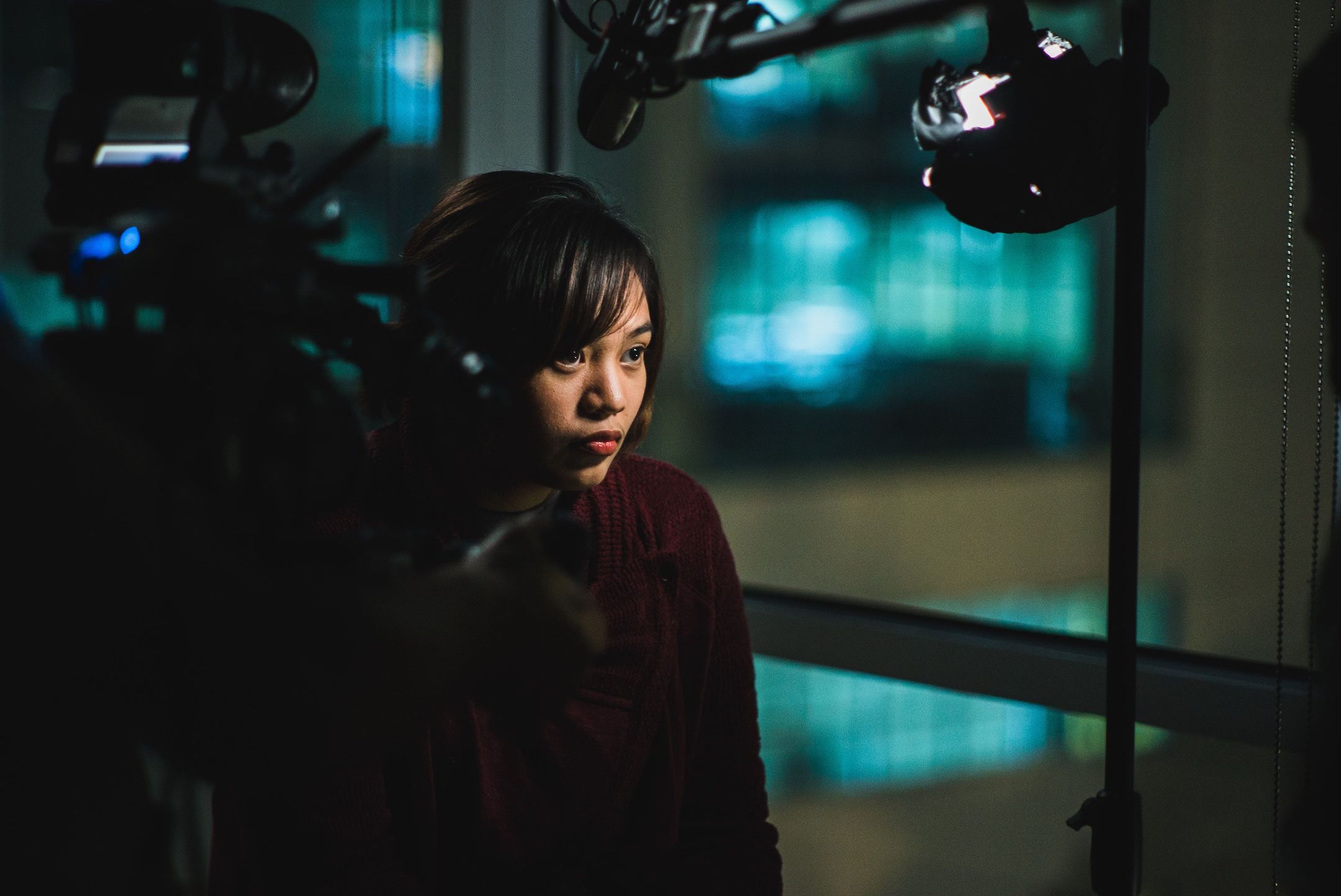A Warning Against Popular Mysticism on the Internet, by ASHLEY D'ARCY
|Ashley D'Arcy

To give you a little background about myself, I’m a writer who works in tech. Besides that, I’m in Jungian psychoanalysis and I practice the Meisner technique with a group of actors. I’m a fan of these outmoded practices and techniques, which is why I’m interested in the topic I’m here to talk about today – popular mysticism and the internet. By popular mysticism, I’m referring to the resurgence of pratices like astrology, cartomancy, reiki, crystal healing, sound baths. All of this stuff that was really popular in the 1960s and 1970s, and reaches as far back as the middle ages as ways of divining meaning and providing healing outside of a scientific mindset.
As you’ll see what I’m really interested in talking about is unpopular mysticism. I want to explore why there has been a rise of these practices online, in our current day, and why there is an absence of so many others, particularly the Jungian phenomenon of synchronicity on today’s internet.
The internet is host to all kinds of old-world mysticism. The popularity of horoscopes is really a testament to this. All tech companies I’ve worked for have been interested in doing horoscopes. This image is my birth chart, which I got ahold of as a result of my friend gifting me a Skype session with an astrologer who lives in LA. Based on the information about where I was born and when, she generated [the image above] via a website called www.astro.com.
From the perspective of someone who creates content for tech companies, horoscopes are at best, a daily and at worst, a monthly habit. And you might even check at daily, weekly, and monthly intervals. It is also a way of obtaining your birthdate which is important for them so they know who is using their product and can target ads to you. And users really seem to love it. There’s been a lot of writing about why this is the case, including some speculation that people turn to horoscopes in “dark times,” that the Trump administration may be driving people to look at horoscopes more than ever.
Also on the rise is cartomancy, most popularly this manifests as the use of tarot 4 cards. I’m specifically using the word cartomancy because this image on my slide is from Jenna Wortham, a tech reporter at The New York Times, and she’s using a French cartomancy deck as opposed to tarot. She’s pretty into New Age mysticism and healing. You see a lot of artists and influencers creating their own decks. The commercial artist Adam J. Kurtz recently posted an Instagram stories poll asking if he should “actually make a tarot deck” that he had sketched out for a previous post. Small Spells is another influencer, with a somewhat smaller following, who has produced her own tarot deck and markets herself as a spiritual advisor, offering tarot classes and tattoos.

Similar to horoscopes, tarot elicits a real “it me” feeling, allowing the person being read to have insight into their own identity and a feeling of security in what may happen in the future. Both tarot and horoscopes have a forward-looking element to them. It helps on-line that tarot is a system of symbols, a visual language à la emoji.
We’re in a moment now coming off of the Cambridge Analytica scandal, which staged a public discourse about the sheer amount of data that tech companies are collecting on all of us. It actually seems, despite the outrage being acted out against Facebook, that most of us are willing to hand over our data. A lot of the collection that Cambridge Analytica did came from personality quizzes on Facebook. People are really excited about seeing themselves reflected back at them. Though, this scandal has shown that people do bristle and sometimes take action to prevent data collection and manipulation when it is used “against” them or for reasons unbeknownst to them.
I argue the reason why horoscopes and tarot are so popular and “in” with Big Tech and allowed to be visible online is because they make great deflectors for the data collection that we all know is happening. By presenting these sort of “Alternative User Profiles” in the form of horoscopes and tarot, digital products distract and obscure away from the actual user profiles that they’re making on us, which are hidden in the backend in places we cannot see.
The fulfillment and assurance they provide are addicting enough that people don’t ask questions. They are also based on “natural” systems or other worlds that stand in opposition to our digital world which is starting more and more to look a lot like a huge data collection engine. It’s convenient for Big Tech to help facilitate knowledge of these systems that are alternatives to the digital world again as a deflection.
We are also presented with non-digital (IRL) products that offer relief / an antidote / a panacea to the digital world. Or access to other worlds depending on how psychedelic they are. One example of these “offline products” is crystals. Here is a picture of Eva Chen, an influencer and head of fashion partnerships at Instagram.

You really get the sense from her posts that everything she does is either sponsored by Instagram or for the benefit of Instagram so I wouldn’t be surprised if they sponsored this excursion. Other non-digital products frequently documented online are sound baths and reiki. These are tactile. They are also profitable when commercialized and not happening within communities. They reflect the neo-liberal mindset of self-betterment through consumption. A way to sustain or increase internet usage through being offline and healed every so often.
One other popular form of mysticism that we see online is witchcraft. The Wing has taken to calling their applicants “witches,” and while this has more to do with bourgeois feminism than anything else, it does speak to how comfortable the public is with these alternative modes of thinking. Spells of “witches” provide the illusion of control. Here is an image of a tweet from Lana Del Rey in which she calls for participation in a spell being cast on Donald Trump.

Now, I want to talk about some types of mysticism that haven’t taken hold on social media. Take psychic prediction and synchronicity, for examples. Psychic prediction in the style of a palm or crystal ball reader has gone the way of numerology in the sense that it hasn’t reemerged as a trend in digital products or online. I think the tech world is very protective of its status as the harbinger of a techno-utopian future. Any legitimate psychic would threaten that status by possibly contradicting whatever Elon Musk might have us believe is going to happen in the future he’s constructing for us. And it threatens technology by also revealing that the discourse in tech often invokes mysticism and isn’t completely scientific or objective.
The above text is based on notes for a lecture given at “Theorizing the Web” on April 28, 2018 in Queens, New York. It was extracted from “(Un)Popular Mysticism on the Internet” by Ashley D’Arcy, and continues from this point with a discussion of synchronicity and its purposeful avoidance by Big Tech. The book is available to purchase from Platform Editions.
Credits
- Text: Ashley D'Arcy


